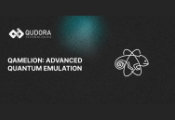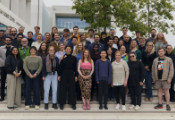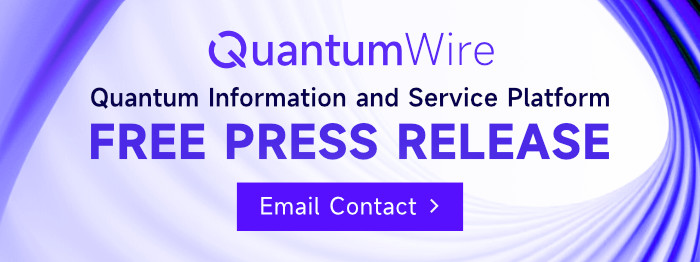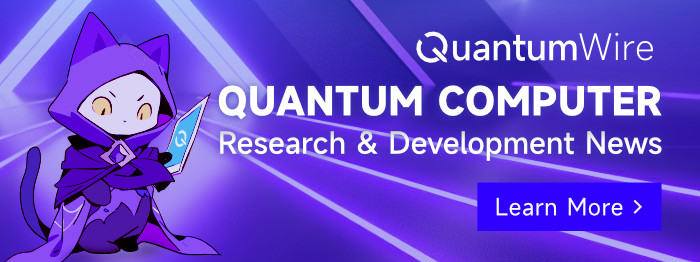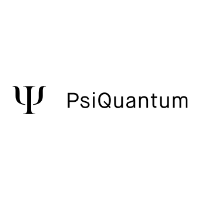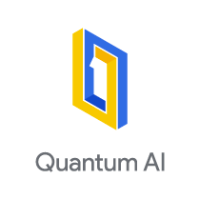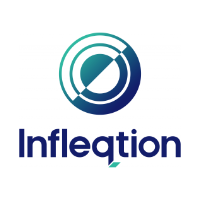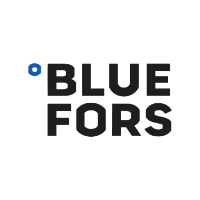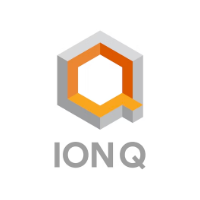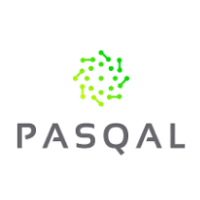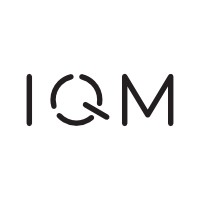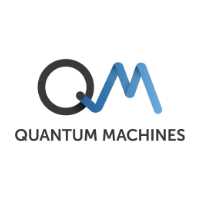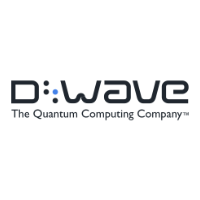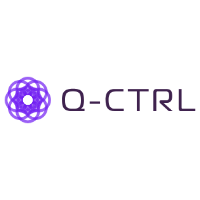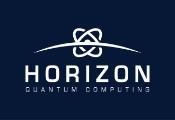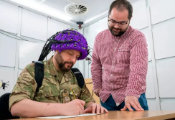Keio University Explores Utility-Scale Quantum Reservoir Computing With Mitsubishi Chemical
April 25, 2025 -- In 2017, Keio University became one of the world’s first IBM Quantum Hubs, now known Quantum Innovation Centers (QICs). Today, there are over 40 QICs around the globe. QICs use IBM Quantum capabilities and expertise to drive advancements in quantum computing. These international hubs lead novel quantum research, build quantum learning communities, and facilitate the growth of a global quantum ecosystem by recruiting members to join in joint research efforts.
As a QIC, Keio University partners with industry leaders in Japan to develop new quantum algorithms and applications. One of these partnerships takes the form of the university’s ongoing collaboration with Mitsubishi Chemical, world leaders in materials science research and development. In 2023, researchers from the two organizations partnered with researchers from University of Tokyo, University of Arizona, and University of New South Wales on a utility-scale experiment, implementing a proposed method of quantum reservoir computing on an IBM Quantum device. This work began an ongoing research effort that continues to this day.
Bringing utility-scale quantum computation to reservoir computing
Reservoir computing (RC) is a machine learning (ML) framework that aims to reduce the training overhead associated with more common ML methods such as the neural network or the generative adversarial network. In this context, a reservoir is a computational resource that can take data from an input system and apply transformations to it—mathematical functions that make it possible to manipulate large datasets while preserving the relationships between individual data points.
In a typical reservoir computing experiment, researchers begin by sending the input system’s data to the reservoir. The reservoir outputs a transformed version of the data, and researchers will use some post-processing technique to obtain the desired solutions. A popular choice for this post-processing is the linear regression model — an ML model for describing the relationship between variables. After training it on transformed output data generated by the reservoir, researchers can use their linear regression model to produce a time series that predicts the behavior of the input system.
Quantum reservoir computing (QRC) is a subfield of RC that uses quantum processors as its reservoir. Quantum computers are naturally well-suited to high-dimensional data processing, and may ultimately prove more computationally powerful than classical reservoirs. Together, Keio University, Mitsubishi Chemical, and their research partners are exploring how QRC could help with the study complex systems in nature. For their 2023 experiment, they set out to build a QRC model with the ability to predict the noisy, non-linear movements of a “soft robot,” a bendable machine whose movements are controlled through the application of air pressure.
Developing new QRC methods
The researchers began their experiment by converting the robot’s movement data into quantum input states that could be read by the quantum reservoir, an IBM quantum processor. They then fed those input states into the reservoir. The reservoir applies a set of random gates to the input states and returns an output of transformed signals. Then the researchers post-process these output signals using linear regression. The result is a time-series that should predict the robots movements. The researchers compare this prediction with actual data using benchmarking methods to determine their accuracy.
In most QRC methods, measurement takes place at the end of a quantum circuit, meaning you need to repeatedly prepare and run the system for each qubit at each time step. This can negatively impact the accuracy of the time series and increase the amount of time needed to run the experiment. A primary goal of the Keio University and Mitsubishi Chemical experiment was to overcome these challenges using “repeated measurements.” Instead of preparing and running the system at each time step, they add extra qubits to the system and measure these extra qubits repeatedly. This method allows the researchers to collect the time series in one shot, meaning less time spent executing the circuits and a more accurate time series.
The researchers ran experimental demonstrations of their QRC scheme on IBM Quantum processors with up to 120 qubits. They found their repeated measurements technique resulted in higher accuracy and significantly shorter execution time compared to traditional QRC methods, and their initial results suggest it should be possible to speed up the computation even more. Much more work will be needed in the field of RC and QRC before these methods are able to yield useful results to practical problems. However, the researchers say that, even today, their utility-scale experiments may already be beyond classical simulation methods. In the future, they hope to explore quantum reservoir computing for hard nonlinear problems such as financial risk modeling.
How Quantum Innovation Centers deliver value for enterprise research organizations
The collaboration between Keio University and Mitsubishi Chemical is just one example of how enterprises can benefit from working with partners like those found across the IBM network of Quantum Innovation Centers. These collaborations give enterprise researchers the opportunity to build advanced quantum skills with the help of professors and students who not only have deep expertise in quantum computing, but who are also experts at teaching complex subjects to other fellow researchers.
Mitsubishi Chemical isn’t the only global enterprise realizing these benefits. Beyond their partnership with Mistubishi Chemical, Keio University is also investigating exciting areas of quantum applications and algorithm development with enterprise R&D teams from leading companies operating across a diverse array of industries and potential quantum use cases. These partnerships demonstrate the invaluable role QICs can play in facilitating enterprise explorations of promising quantum use cases, and show how enterprise research experiments conducted in partnership with universities can pave the way toward valuable real-world applications.






